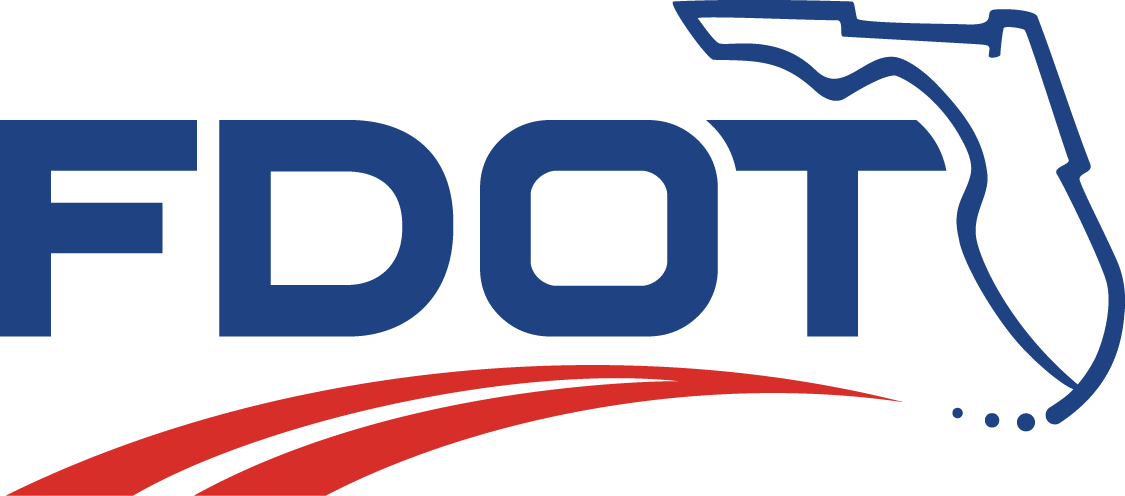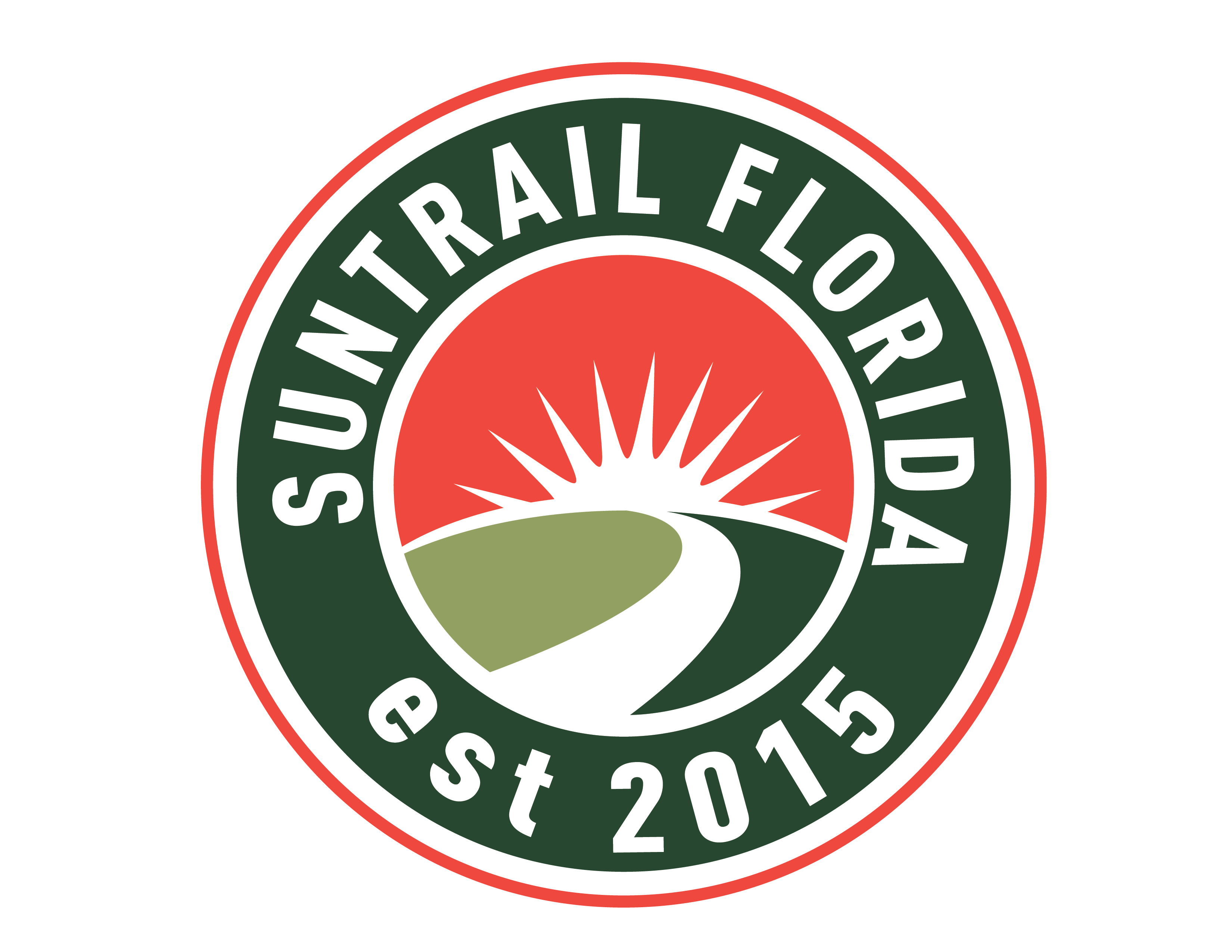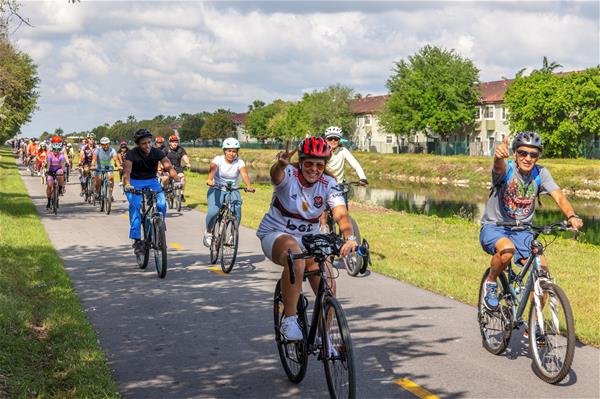Systems Management
Shared-Use Non-motorized (SUN) Trail Program
| Established in 2015, the Florida Shared-Use Non-motorized (SUN) Trail program receives an annual allocation from the redistribution of new vehicle tag revenues pursuant to Section 320.072, Florida Statutes (F.S.), motor vehicle licenses. Limited to the provisions of the law and adhering to FDOT Work Program Instructions, these “Wheels on the Roads” (TLWR – fund code) revenues are deposited into the State Transportation Trust Fund for the SUN Trail program. The combined legislation from 2014 (Section 335.065, F.S.), 2015 and enacted changes in 2023 (Section 339.81, F.S.) directs FDOT, among other charges, to focus funding for developing a safe statewide system of interconnected, high priority, strategic paved nonmotorized multi-use trails / two-directional Shared Use Paths (SUP) within the SUN Trail network for bicyclists and pedestrians (Chapter 316, F.S.) as a component of the Florida Greenways and Trails System (FGTS or Plan). |
The FGTS is overseen by the Department of Environmental Protection’s Office of Greenways & Trails pursuant to the Florida Greenways and Trails Act (Chapter 260, F.S.). As approved, the 2024 – 28 Plan provides the strategic framework for establishing and expanding the statewide system of greenways and trails on both land and water. A component of the Plan, the Florida Ecological Greenway Network (FEGN) aims to prevent habitat fragmentation for protecting Florida’s native wildlife, ecosystem services and ecological function by connecting public and private lands. Known as lands of the Florida Wildlife Corridor Act (Section 259.1055, F.S.), “Critical Linkages” are the most important FEGN areas and are classified as Priorities 1, 2, and 3. FDOT Office of Environmental Management evaluates the appropriateness for including wildlife crossings for proposed projects on the Statewide Highway System (SHS or on-system) or as possible stand-alone retrofit projects, when compatible, wildlife crossings may coincide with other uses such as greenways and trails or farm animal crossings. FDOT Design Manual Topic 625-000-002 (FDM) Chapter 110 details the Initial Engineering Design Process. The Plan also includes the “Opportunity” network that represents connectivity of regionally and statewide significant conceptual and existing, paved and unpaved, single- and multi-use trails. The most important “Opportunities” are known as “Priorities”. The Priorities represent the geographic area known as the SUN Trail network. Traversing FDOT right-of-way (on-system) and other lands (off-system), projects within the SUN Trail network are eligible locations for receiving competitively solicited funding from the SUN Trail program.
While maintaining safety and mobility, context-based solutions require transportation system design that considers site specific environmental conditions. Purpose and need of segments reflect community goals (segment function and surface type / material) for compatible visitor modes (user types). Network conditions reflect public and private investments and are not indicative of funding sources (e.g., SUN Trail). FDM Chapter 224 defines on-system SUP and details facilities with funding from the SUN Trail program. For further information contact Robin Birdsong or phone (850) 414-4922. |
Shared-Use Non-motorized (SUN) Trail Resources



